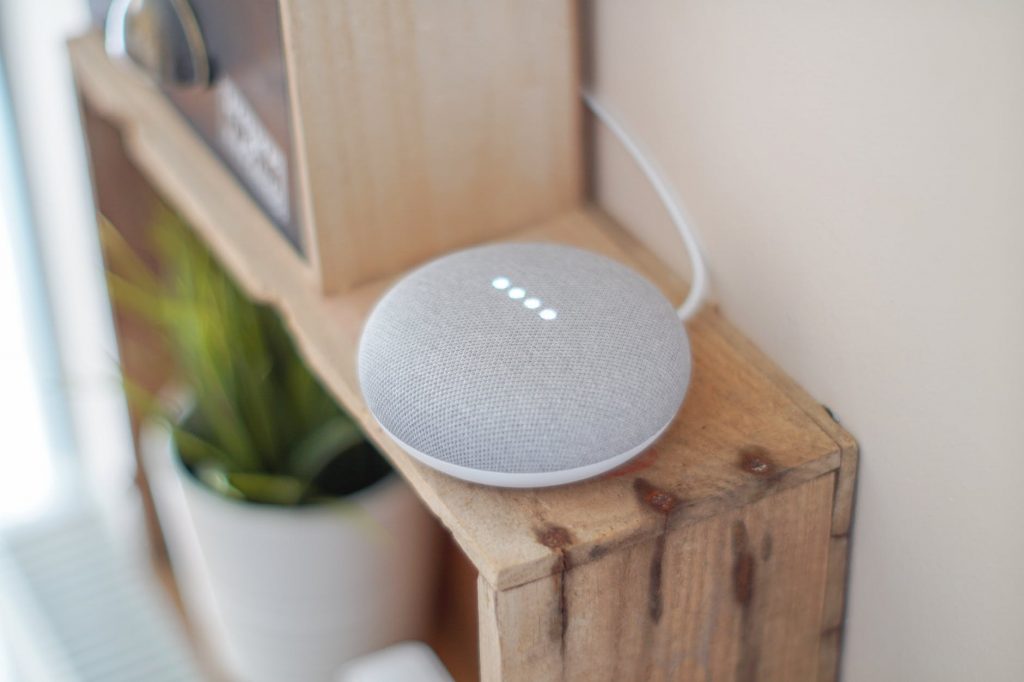It can be difficult to foresee what’s to come. Specialists all over the world are trying hard to figure out where the world would be fifty years into the future and numerous discussions have rotated around what the future would be. Of course, innovation has assumed a huge part in the future of designing interiors. Which innovations? What’s more, in what manner can we utilise them? For anybody that is working, would like to work, or interested to standout amongst the most creative and stimulating businesses out there – interior design and what the future holds for it.
Smart Homes
In the year 2016 and smart homes are all over the place. Almost not a day passes by without one of the tech companies announces another device intended to make our homes more linked with each other. Simply last month, Google Home was released – a smart home control centre which acts like a home assistant, alarm and speaker combined. Address your Google Home device, and it can increase your house’s temperature for you. Turn your TV off, or prompt you about up and coming schedule.
Soon, specialists anticipate that smart homes will go substantially more than just independent gadgets. Intelligent interiors will be incorporated into the structure of our houses. Envision a voice-controlled shower or a button that shifts the standpoint from your window – the potential seems to be limitless! Smart homes have made some fantastic progress in a previous couple of years, and are helping those who are physically impaired by providing great solutions and aid in fall prevention. For example, an elderly resident can control the thermostat and lighting without getting up from bed using voice controls as well as other smart devices such as a bed sensor that can alert emergencies.
3D Printing
The innovation in 3D printing is building the interior design world to such a degree that some think we are on the cusp of another modern revolution. It used to be expensive and difficult, today 3D printing is effective and impressive. Interior designers can instantly show their outlines and enable their customers to feel and touch their designs in a smaller version. The time between designing to its usage is reduced with the help of 3D printing. This paces up the designer’s work and diminishes costs for the customer – a win-win situation. Today, 3D printing is widely utilised commercially – printers prices today are still quite high – so it still can’t seem to achieve its maximum capacity. Be that as it may, once the innovation has been improved and costs begin to decline, the 3D printing innovation will be here and staying here.
Virtual Reality

Virtual reality (VR) is on everybody’s lips this year. From gaming to assisting with therapeutic services, VR became the overwhelming focus in numerous business throughout the following years. Interior design specialists are especially excited for its uses inside their business. Think about a designer walking their customer through a room they have designed, or explaining a building structure by being alongside with it. Think about testing out hundreds of backdrop designs, furniture or floor surface composes at the snap of your finger. It’s expected that the interior design industry is inviting VR as the beginning of another, innovative future.
One drawback, VR innovation is still expensive and requires a powerful PC to run. Augmented Reality (AR). Where Virtual Reality simulates immersion into a virtual world made altogether by programming, Augmented, Reality combines the virtual world and reality, commonly by overlaying virtual displays over real ones. AR requires considerably simpler tech than VR – you can download an application on your phone or tablet – and is usually being utilised by architects and designers.
Sustainable Design
As buyers become careful about nature and the social mark they are leaving on the world, so the enthusiasm for sustainable designs is growing. The future for eco-friendly seems to be good. For interiors where it used to have undertones of slightly worn; today eco-friendly designs are the new thing. This pattern looks set to develop as we view the eventual fate of interior design. Reusing furniture, purchasing local and always looking for energy efficient equipment’s are winding up to be a norm.



